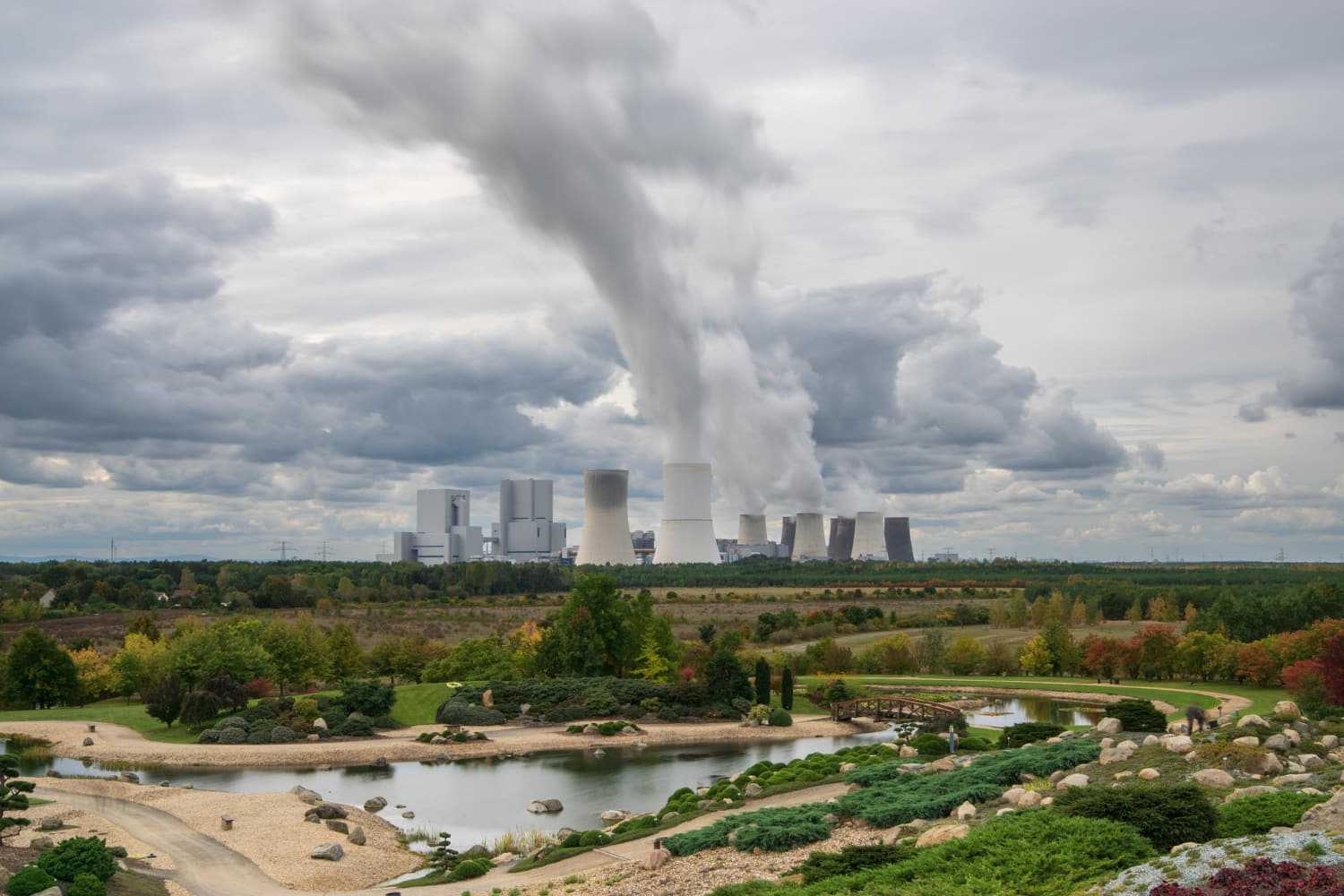
Stack Emission Testing
Stack Emission Testing is a statutory and procedural Monitoring of Emissions from an emitting equipment which mainly consist of Stacks and Ducts of Boilers, Generators & Incinerators. This is Conducted in order to determine a facility’s compliance with emission limits in accordance with The Environmental Management & Coordination (Air Quality) Regulations 2014.
overview
Stack Emission Testing
Nexton Limited Conducts these tests Competitively with the help of the Modern Iso-Kinetic Samplers and Calibrated Gas Analyzers in order to determine the concentration of all Particulate Matter, Fumes and gases, Regulated Toxins as well as Organic Compounds that are capable of destroying the O-Zone layer and environment at large as well as to Humans.At Nexton we test:
Particulate Matter (PM10,PM5&PM2.5)Mg/Nm3
PM also known as Aerosol is a combination of microscopic particles of solids suspended in the air with a diameter of 10, 5, and 2.5 micrometer respectively. They are capable of penetrating deep into the lungs, blood streams and brain causing respiratory disease, lung cancer, heart attacks and premature death.
Sulphur Oxides (SOx)-Mg/NM3
Sulfur dioxide affects the respiratory system, particularly lung function, and can irritate the eyes. Sulfur dioxide irritates the respiratory tract and increases the risk of tract infections. It causes coughing, mucus secretion and aggravates conditions such as asthma and chronic bronchitis.
Nitrogen Dioxide (NO2)-Mg/NM3
Nitrogen Dioxide (NO2) is a pungent gas that, along with fine airborne particulate matter, contributes to the reddish-brown haze characteristic of smoggy air. NO2 is comprised of one atom of nitrogen and two atoms of oxygen, and is a gas at ambient temperatures. It has a pungent smell, and is brownish red in color. NO2 is a member of a family of chemicals comprised of nitrogen and oxygen that are collectively known as nitrogen oxides. The two most prevalent nitrogen oxides are NO2 and nitric oxide (NO), and the combination is often referred to as NOX.
Hydrogen Sulphides (H2S)-Mg/NM3
Hydrogen sulfide (H₂S) is a colorless gas with a strong odor of rotten eggs. Exposure to hydrogen sulfide may cause irritation to the eyes and respiratory system. It can also cause apnea, coma, convulsions; dizziness, headache, weakness, irritability, insomnia; stomach upset, and if liquid: frostbite.
Hydrocarbon (CH4/HC)-Ppm
Polycyclic aromatic hydrocarbons (PAHs) are made whenever substances are burned. PAHs are also found at former coal-gasification sites. Breathing smoke or coming into contact with contaminated soil exposes people to PAHs. Some PAHs may cause cancer and may affect the eyes, kidneys, and liver.
Carbon Monoxide (CO)-Mg/NM3
Exposure to CO2 can produce a variety of health effects. These may include headaches, dizziness, restlessness, a tingling or pins or needles feeling, difficulty breathing, sweating, tiredness, increased heart rate, elevated blood pressure, coma, asphyxia, and convulsions.
